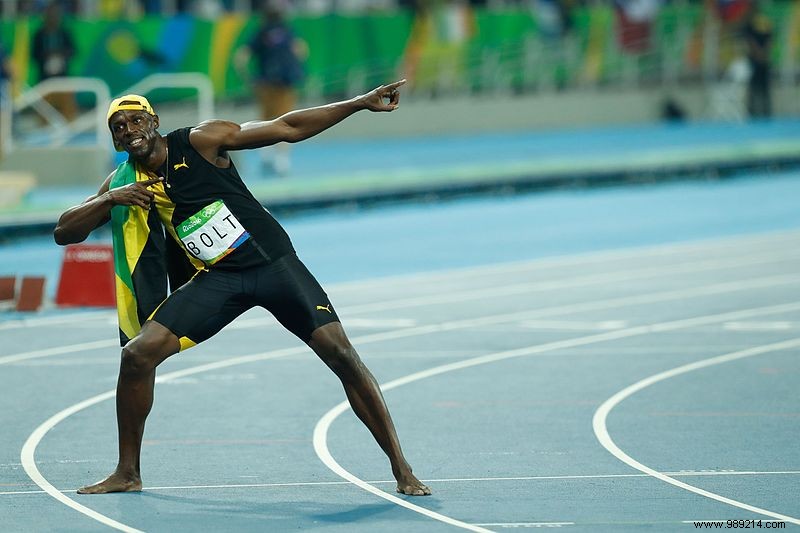Did you know that an Olympic sprinter is incapable of going faster than a simple domestic cat? A recent German study determined the body characteristics involved in the limits of maximum sprint speed.
On Sunday, August 1, 2021, the 100m final of the Tokyo Olympics took place. Italian Lamont Marcell Jacobs surprised everyone by winning the gold medal with a time of 9.80 s , ahead of American Fred Kerley (9.84) and Canadian Andre de Grasse (9.89). Thus, the transalpine sprinter did not beat the record held by the unbeatable Jamaican Usain Bolt (9.58), winner of the queen event in 2008, 2012 and 2016. It must be said that to set this record, Usain Bolt had reached a top speed of 43 km/h, slightly slower than that of a domestic cat.
In other words, facing wild animals like antelopes or cheetahs , the greatest sprint champions wouldn't stand a chance. At the origin of this assertion, we find the bio-mechanic Michael Günther and his team from the University of Stuttgart (Germany), having focused their interest on what determines top speed of a species. The study to be published in the Journal of Theoretical Biology on August 21, 2021 defined the laws governing maximum running speeds within the animal kingdom.

In their study, the researchers presented a complex model incorporating many factors. The objective? Find out which parts of the body are most able to optimize running speed . It was also a question of finding an explanation that would concern only the principles of physics. Thus, the scientists built a model bringing together approximately forty different parameters. These mainly concerned the shape of the body, the balance of forces acting on this same body as well as the geometry of the race.
Researchers found that two things limit the maximum speed. The first is none other than resistance in the air. This is the opposing force acting on the legs when these pull the body forward. The second element is inertia, relating to the resistance of an object when it comes to acceleration from a resting posture . However, inertia increases with mass, which is not the case with resistance in air.
The fact is that when an animal starts running, it needs a certain amount of time in order to be able to accelerate its own mass. The leaders of the study believe that the ideal weight to better control these elements is about 50 kg, the average weight of an antelope or a cheetah. In conclusion, the researchers indicate that if in the future, a sprinter beats the incredible record of Usain Bolt, the margin will be extremely small. Anyway, many observers of this event believe that there is little chance that anyone will ever go below 9.50 s.